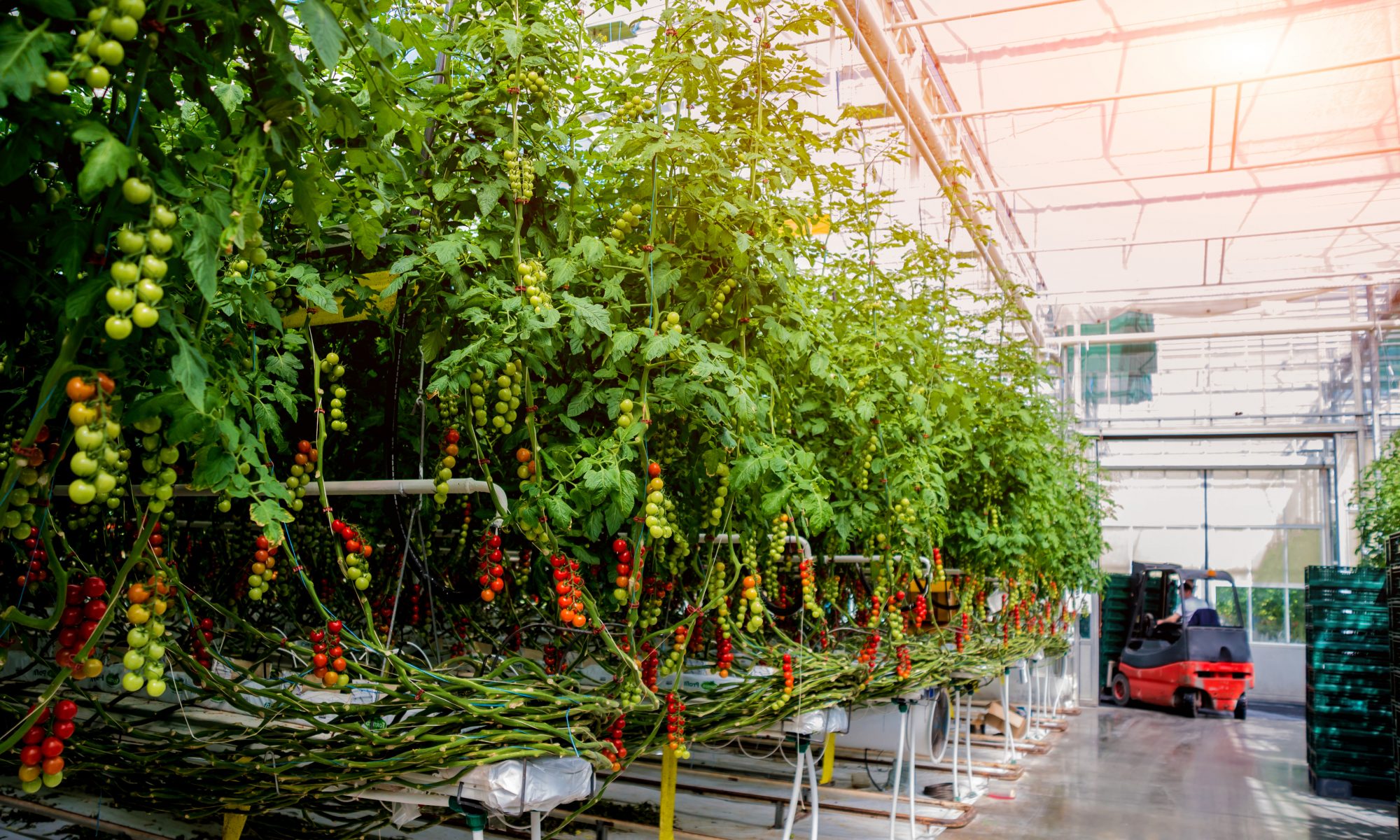BehrTech Blog
4 Benefits of Smart Greenhouses and How to Get Started
Amid climate change, dwindling resources and increasing population, the global farming industry has come under significant pressure. As the unpredictability intensifies, it’s no surprise that growers are turning to advanced technologies to boost production efficiency and crop resilience. In agriculture, the Internet of Things (IoT) is more present than ever before, and smart greenhouses are a stellar example.
A greenhouse provides a controlled environment customized to the vegetation needs cultivated inside. Traditionally, micro-climate and agronomic parameters have been recorded in a rather manual and inconsistent manner. There’s a limit to what can be measured, and farming practices are executed on a pre-defined, speculation-based schedule. On the other hand, weather changes throughout the day and “invisible” conditions like open doors or early-stage infection constantly influence the greenhouse environment and threaten to damage crops.
4 Benefits of Smart Greenhouses for Crop Growers
Equipped with modern sensor and communications technologies, smart greenhouses automatically capture and deliver information 24/7 on the surroundings and crop. Collected data is fed into an IoT platform where analytical algorithms turn it into actionable intelligence to uncover bottlenecks and abnormalities. Accordingly, HVAC and lighting operations, alongside irrigation and spraying activities can be regulated on-demand. Continuous data monitoring facilitates the development of predictive models to assess crop disease and infection risks.
By unlocking massive crop insights, a smart greenhouse allows growers to minimize labor work, improve efficiency in resource and chemical use while optimizing yield rates.

1. Maintain Ideal Micro-Climate Conditions
IoT sensors allow farmers to collect various data points at unprecedented granularity. They provide real-time information on critical climate factors including, temperature, humidity, light exposure and carbon dioxide across the greenhouse. This data prompts relevant adjustments to HVAC and lighting settings to maintain the best conditions for plant growth while driving energy efficiency. In parallel, motion/acceleration sensors help identify doors that are unintentionally left open to ensure a strictly controlled environment.
2. Enhance Irrigation and Fertilization Practices
In addition to ambient parameters, smart greenhouses enable farmers to stay on top of their crop conditions. This ensures irrigation and fertilization activities are on par with the actual needs of cultivated plants for maximized yields. For example, readings on soil volumetric water content indicate whether crops are under water stress. Likewise, measurements of soil salinity give useful insights on fertilization requirements. Based on this data, sprinkler and spraying systems can be automatically turned on to address real-time crop demands while minimizing manual intervention.
3. Control Infection and Avoid Disease Outbreak
Crop infection is a persistent farming challenge, with every outbreak taking a heavy toll on the crop margins. Agrochemical treatments are available at hand, but farmers often don’t know the best time to apply them. Applications done too frequently raise ecological, safety and cost concerns, while failing to use treatments could lead to detrimental disease outbreaks. With the help of a machine learning platform, data on greenhouse environments, external weather and soil characteristics reveal valuable insights into existing risks of pest and fungi. Leveraging this information, farmers can apply treatments exactly when needed to ensure a healthy crop at the lowest chemical expense.
4. Prevent Thefts and Improve Security
Greenhouses with high-value crops are a vulnerable target for thieves. As traditional surveillance networks with CCTVs are expensive to implement, many growers don’t have an effective security system in place. In this context, IoT sensors in smart greenhouses provide an affordable infrastructure to monitor door status and detect suspicious activities. Connected with an automated alarm system, they instantly notify growers when a security issue arises.
Building Blocks of a Smart Greenhouse
So, what does it take to implement a smart greenhouse? There are a few key factors you should take into account:
a) Low-energy, battery-operated sensors to capture various climatic, agronomic and security data points
b) Reliable, cost-effective wireless connectivity to transmit data from cross-greenhouse sensors to a remote gateway
c) A diagnostic, machine learning platform to derive intelligence from sensor data and visualizes it on preferred UIs to make informed decisions on farming activities. The platform can also be integrated directly into existing greenhouse control systems to trigger automatic actions on HVAC, lighting, sprinkler and spraying networks.
Dispersed over large geographic areas, commercial-level greenhouse complexes call for long-range wireless connectivity with strong penetration capability. Besides providing reliable data transfer, such a solution allows a gateway to be installed closer to the power source to reduce wire trenching. Scalability is another factor to consider, as it minimizes the number of gateways needed to save on hardware, installation and management costs. Above all, the connectivity must be highly power-efficient so that sensors can sit in for years with minimal maintenance involved.
With a forecasted market value of more than US$ 1 billion by 2024, smart greenhouses are no doubt a major farming trend to watch. A smart greenhouse brings conventional agricultural systems and new IoT technologies together for complete visibility and automation. It helps pinpoint inefficiencies and combat issues that have long plagued farming operations to protect crops and maximize yields.
